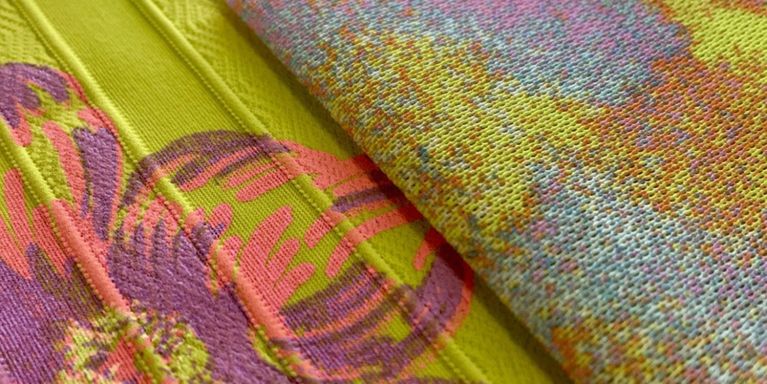Clothing textiles
Clothing Textiles
The "clothing textiles" product group includes
fabrics and knitted fabrics for:
- sportswear,
- casual wear,
- rainwear,
- nightwear,
- workwear,
- underwear,
- fashion clothing,
- linings,
and finished knitted products such as
- baby and children's wear,
- jogging pants,
- sweaters,
- other outerwear,
- leg wear,
- T-shirts.
 www.nilorn.com
www.nilorn.com
Group activities
- Visits to trade fairs;
- Public markets;
- Cooperation with the entire clothing chain through sectoral organisations such as Creamoda, FBT (Fédération Belge de l'Entretien du Textile), Etitex, European sectoral federations (Euratex, Eurocoton, Alliance for European Flax, Linen and Hemp, etc.);
- Cooperation with Centexbel on various issues (sustainability, circularity, composition labelling, norms, standards, etc.);
- Annual co-organisation with Centexbel and Creamoda of the “Horizonverkenning Kledingtextiel” (overview of all changes in legislation, norms, standards, Ökotex, etc.);
- Advice and follow-up on various ad hoc issues;
- ...
'Due diligence' is becoming a defining factor in the entire clothing textiles value chain.
Related articles
The economic situation in the Belgian textile industry

